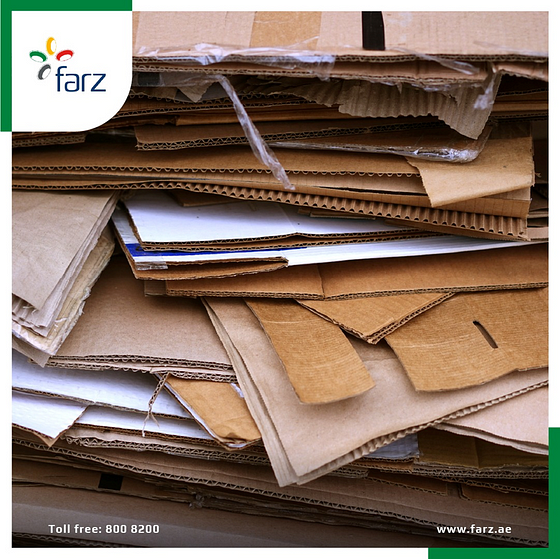In the dynamic realm of waste management, Material Recovery Facility (MRF) stand as the unsung heroes orchestrating the transformation of discarded materials into valuable resources. This article delves into the intricacies of MRF mastery, shedding light on the secrets behind the efficient recovery of materials and the pivotal role these facilities play in sustainable waste management.

- The Core of MRF Operations:
Material Recovery Facilities are the beating heart of modern waste management systems. Their primary function is to recover and process recyclable materials from mixed waste streams, diverting them from landfills and redirecting them into the recycling loop. The mastery lies in the ability to efficiently and precisely separate various materials, each with its unique characteristics.
2. Automated Sorting Systems: The Technological Backbone:
One of the secrets behind MRF efficiency is the integration of advanced technologies, particularly automated sorting systems. These systems utilize a combination of sensors, conveyor belts, and robotic arms guided by artificial intelligence. This technological backbone enables MRFs to rapidly and accurately sort materials, minimizing contamination and maximizing recovery rates.
3. Dual Lines for Specialized Handling: Household vs. Commercial Waste:
Efficient MRFs often employ a dual-line system, distinguishing between household waste and commercial or industrial waste. This specialized approach recognizes the diverse nature of waste streams and tailors the sorting process accordingly. By addressing the unique challenges posed by different waste sources, MRFs enhance their adaptability and overall recovery efficiency.
4. Material Variety: The Palette of Recovery:
MRFs are not limited to a single material type. They handle a diverse palette of materials, including plastics, paper, glass, metals, and more. Each material requires a specific set of sorting techniques, and MRF mastery lies in the ability to manage this diverse range with precision. The mastery extends to the nuanced handling of materials like high-density polyethylene (HDPE), polyethylene terephthalate (PET), aluminum, and other recyclables.
5. Minimizing Contamination: The Art of Purity:
Contamination remains a challenge in material recovery, but MRF mastery lies in minimizing it. Efficient facilities implement rigorous sorting processes to ensure that each material stream maintains a high level of purity. Contamination reduction is not only an operational necessity but also a key factor in maintaining the quality of recycled materials.
6. Continuous Innovation: Staying Ahead of the Curve:
MRF mastery is a dynamic pursuit, requiring a commitment to continuous innovation. Keeping pace with advancements in sorting technologies, robotics, and artificial intelligence ensures that MRFs stay ahead of the curve. This adaptability is crucial for addressing evolving waste compositions and optimizing recovery processes.
7. Environmental Impact: Beyond Sorting to Sustainability:
Efficient material recovery extends beyond the sorting stage to encompass broader environmental impact considerations. MRFs play a pivotal role in reducing the carbon footprint by diverting materials from landfills. The efficient recovery of recyclables contributes to energy conservation, resource preservation, and the overall sustainability goals of waste management.
8. Community Engagement and Education: A Vital Component:
MRF mastery isn’t confined to the walls of the facility; it extends to community engagement and education. Transparent communication about the sorting process, recycling initiatives, and the importance of waste reduction fosters a sense of responsibility within the community. MRFs actively involve the public through educational programs, facility tours, and partnerships with local initiatives.
Conclusion:
In conclusion, MRF mastery is the key to unlocking the full potential of material recovery in the realm of waste management. From cutting-edge technologies and dual-line systems to handling a variety of materials and minimizing contamination, the secrets lie in the meticulous balance of art and science. As MRFs continue to evolve, staying at the forefront of innovation, engaging communities, and championing sustainability, they solidify their role as true masters in the intricate dance of efficient material recovery. These facilities are not just sorting centers; they are the architects of a sustainable future, decoding the secrets behind material recovery with expertise, precision, and a commitment to environmental stewardship
